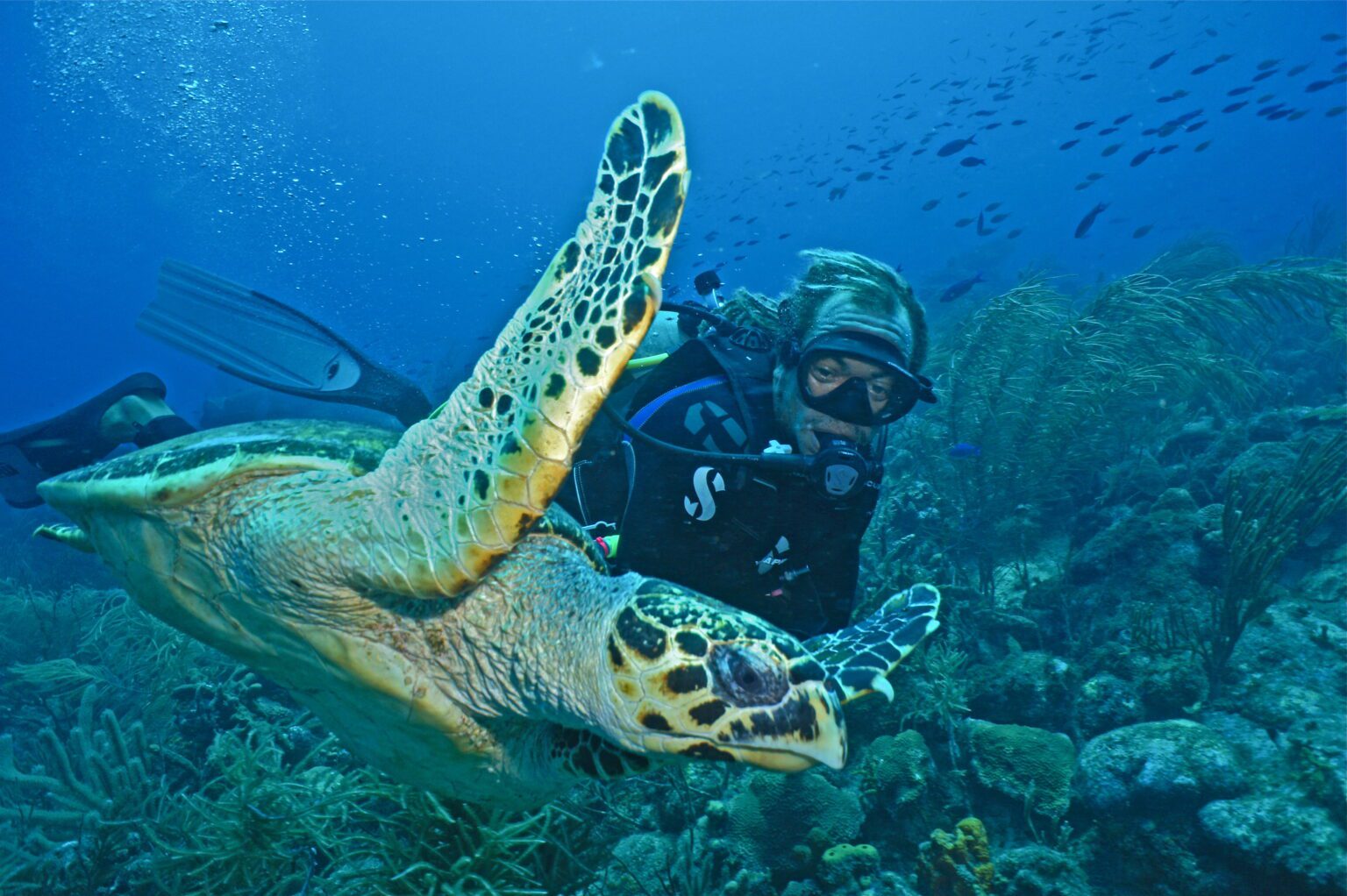Continuing our series in conjunction with scuba.com – your one-stop-shop in North America for dive gear, snorkelling equipment, general watersports kit and much more, with a huge online presence and stores in New York City and Costa Mesa, CA – we've teamed up to compile a helpful guide on drift diving. Read on as Charly Stringer provides some useful hints and advice…
What is drift diving?
Drift diving is when a scuba diver is moved by the water’s current along the dive site. This can be due to the site being located in an area with strong currents, or due to seasonal factors, such as heavy rainfall. For those who are confident at diving, drift diving can be relaxing as the diver can just settle in and let the water take control. It is also possible to cover longer distances on a drift dive. Divers of all abilities can enjoy drift diving and it is particularly fun at dive sites with long features such as walls, open canyons, and wrecks.
Why should you try drift diving?
Drift diving is a low-energy diving experience as you will not need to propel yourself through the water. You simply go with the flow. By not exhausting your energy swimming, your oxygen supply should last longer. This means more time spent in the water. The main skill required for drift diving is buoyancy. It is an important skill to develop so more drift diving means better diving overall. Strong water currents, the type used for drift diving, attract larger sea mammals. Pelagic fish including sharks prefer a good current and drift diving is an excellent way to glide with them and enjoy close encounters.
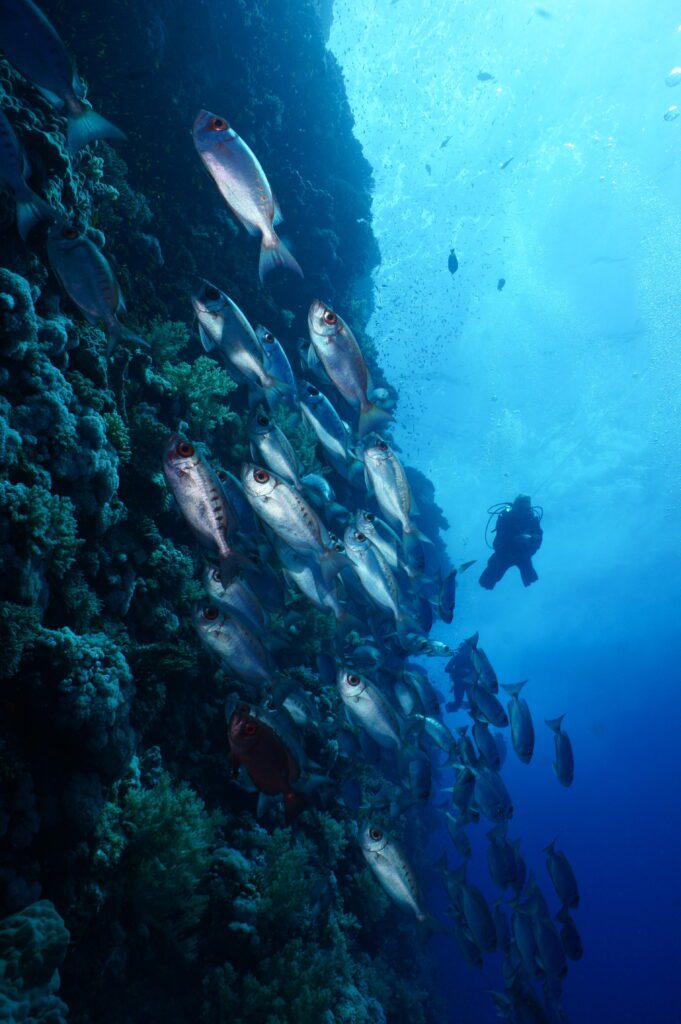
Where can you do drift diving?
There are incredible drift dive sites over the world, some of these sites are renowned for being the best dive experiences. It is possible to drift dive in any body of water with a current strong enough to carry you. This includes oceans, lakes or rivers. There are adrenaline-pumping drift dives for thrill seeking advanced divers such as Clutha River in New Zealand,where divers can be swept along at speeds of up to 12 mph through whirlpools and rapids. Alternatively, Flying Reef located in Tobago offers a beginner-friendly drift dive, with regular mild currents that are ideal for divers learning how to relax into the drift for the first time.
Gear needed for drift diving
Delayed Surface Marker Buoy
This is usually a requirement of any drift dive and if you are diving with a guide they should have this with them. A delayed surface marker buoy is used to make pick-up boats aware of your location and is especially useful if you find yourself stuck as this will notify the surface you are in trouble.
Dive Light
While not an essential part of drift dives during the daytime, a strong dive light can be excellent for helping you find your way in the water, especially if a sudden increase in current affects the visibility.
Whistle
A whistle is another lightweight and handy piece of gear that can help draw attention to divers when they resurface, especially if they end up in a different location than planned.
Reef Hook
A reef hook is a simple device so you can hook yourself to rocks or non-living parts of the reef. It allows divers to take in their surroundings without having to fight the current, and is also helpful for photographers who want to stay in one place.
Light Stick
Having a light stick attached to your tank is a great idea during night dives or bad visibility. It makes it easy for your buddy to find you. It is also useful when guiding a dive at a busy location as divers in your group will find it easier to spot you.
Beacon Light
A beacon light is great for safety in case you have to surface early. These beacons omit a strobe light that is easy to spot and is essential on low visibility or night dives. Make sure you purchase a manual activated beacon as some beacons will start flashing automatically when they are submerged.
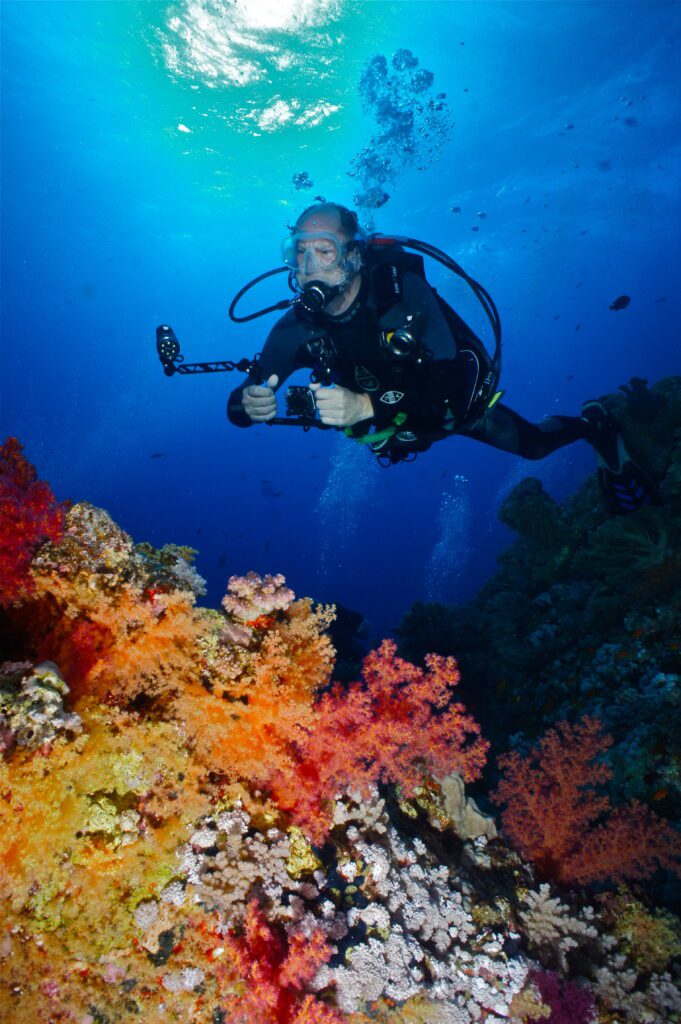
10 tips for drift diving
Dive with a buddy
Always drift dive with a buddy or as part of a group. It is a no-brainer that having a companion with you will help keep you safe. It is easy when traveling with the current to become separated or lose track of your group. During a drift dive, be sure to check in frequently with your buddy. This will help keep everyone safe and you can let your partner know if they need to adjust their positioning or depth to make a safer dive.
Be observant
Due to its relaxing nature, it is easy to switch off when drift diving and not pay attention to your surroundings. Without noticing, the current can easily pick up or redirect you, so keeping an eye on your navigation and depth is essential. Watch out for fish behaviors or water temperature changes, which could suggest a current change ahead. Use visual cues on the reef or seabed to make sure you are flowing in the intended direction. Staying sharp while taking in the beautiful surroundings will help guarantee a safe and enjoyable dive by avoiding mistakes that need correcting.
Use surface marker buoys
SMBs are often a required gear for drift diving. These long inflatables make people on the surface aware of your location. The guide should have a surface marker buoy which is deployed at the start of your dive. Ideally each member will have an SMB in the unlikely situation they are separated from the group or swept off with the current. Deploying a SMB makes the team on the surface aware of your position, allowing them to track your dive and signify where you will resurface. During briefings, make sure everyone carrying an SMB knows how to deploy it. Also be aware that different countries may require different surface markers to signify divers are submerged.
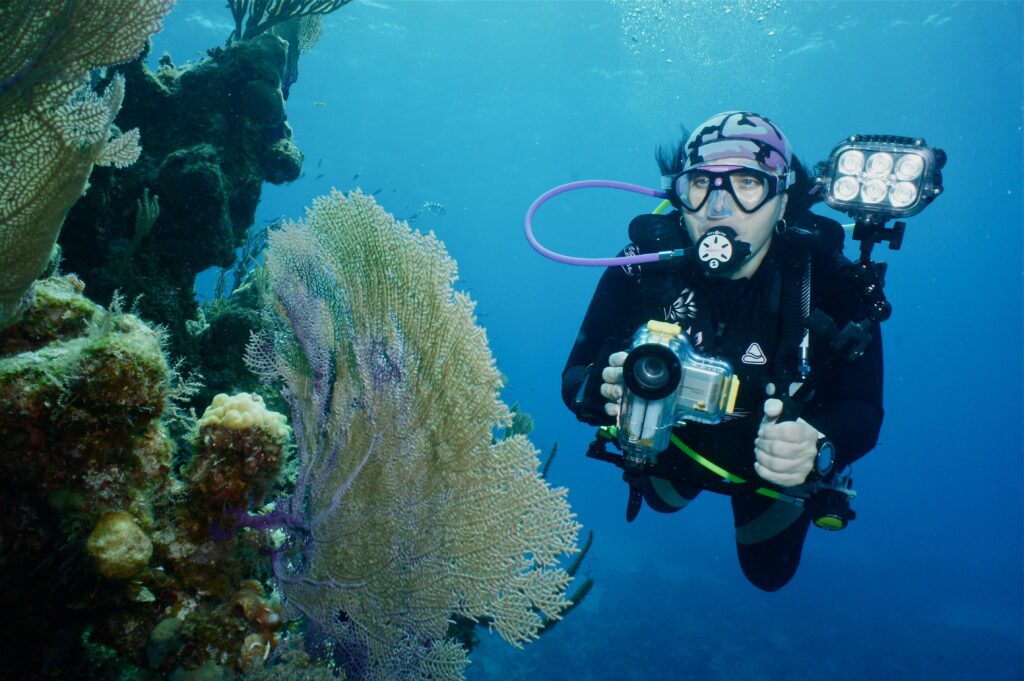
Check the current
Always check the current before entering the water and pick your dive time carefully. You need to be sure the current is matching the general direction of your dive plan. It is possible to check current direction both from the surface but also by paying attention to the direction the fish are facing and movement of flora (including seaweed). Checking the current means you will not be taken by surprise when you jump into the water. If it looks unsafe, you can abandon the dive before you get into trouble.
Know your dive site and stay close
Ahead of your dive, make sure you know if and when the reef or wall ends. At this point, the current can quickly change and push you somewhere you do not want to go. It is good to stay close to the structure to keep a steady pace. The current will have the least strength near the reef, wall, or sandy bottom. If you are more than a meter away, you risk catching a faster stream of water. This will make it harder to stay with your group but also risks divers being washed out to sea or caught up in a down current. A down current can rapidly increase your depth.
Use reef hooks responsibly
Reef hooks are an invaluable tool when drift diving, but you must be aware of your surroundings when using them. Even if you have no intention of stopping, reef hooks can be a handy tool to carry. They allow divers to securely attach to the rock and stay stationary whether to take in the beautiful surroundings or to make important gear adjustments. Reef hooks attach to your BCD and then hook onto a rock or the reef. It is important to make sure you are not attaching the hook to anything living or fragile. Having the ability to pause can be a big advantage for beginners, especially if they are needing to calm their breath or someone needs to catch up with the group.
Go with the flow
Swimming against the current is a massive ‘no no' when drift diving. Trying to swim upstream will quickly exhaust divers and waste your air supplies. It is also very unlikely that you will get anywhere as even strong swimmers become powerless against a flowing current. Going with the flow will allow you to have a nice relaxing dive surrounded by beautiful pelagic. And if you stay calm, you can average a much longer dive time as you will not be using up air through physical exertion.
Stay streamlined
Keeping your body streamlined will also help you go with the flow. The more space you take up the more the current can push you. Staying in a horizontal position will give you more control. It is also important to have the correct weight, as over weighting can lead to a fully inflated BCD which again will create a large surface area for the current to push you.
Use common sense
When diving, relying on your own instincts and knowledge is an important rule to staying safe and having fun. Using your common sense and keeping focused on what you are doing can be the difference between life or death. If you have a plan in place but the ocean has other ideas, then access the conditions and make the best decision for you and your group. This starts from being willing to call off a dive if the ocean conditions are more chaotic than you expected or knowing when another diver or yourself is struggling and having the sensibility to conclude the dive early.
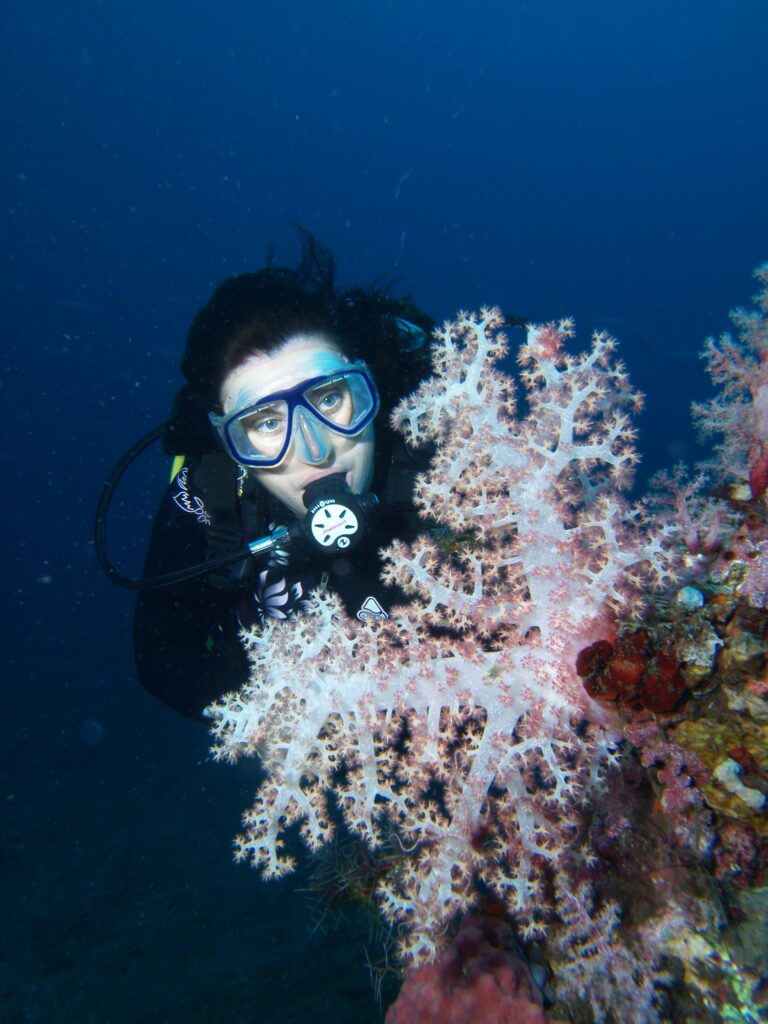
Risks of drift diving
As with all diving adventures, there are risks when participating in a drift dive. The main risk is the current — a lapse in concentration can take you off course. If there is a sudden change in the water and an increase in the current strength, you can be swept further than planned and miss the pick-up point. It is all possible to get stuck when drift diving if you do not pay attention to your surroundings and direction the water is flowing. While all of these risks are serious, with proper training and technique you can avoid dangers and be aware of what action to take when you find yourself in difficulties.
Conclusion
Scuba diving allows humans to connect with the water and its sea-life, and drift diving allow us to truly be one with the water. Letting the current guide you through submerged scenery alongside beautiful marine life is what diving is all about. It’s important to keep your head in the game but also to enjoy going with the flow.
